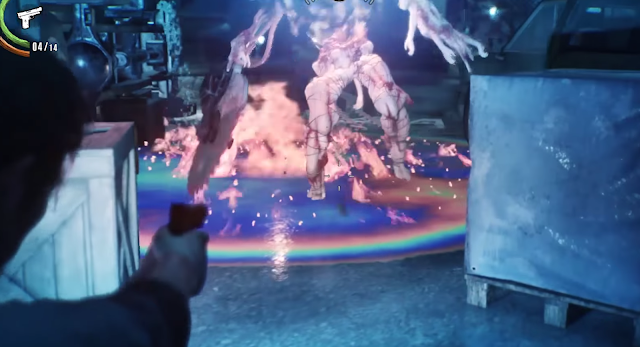Unique 'Custom Depth Stencil Value'

Step 0. In special cases, you need to set a unique value for all 'Custom Depth Stencil Value'. Step 1. It is hard to update it with blueprint. We have to change Unreal Engine 4 source code. Please see the image below. Result. Check 'Render CustomDepth Pass'. Move camera. You can see that each value is different. More. - Do not forget. The stencil value size is limited to 255. - You can also assign a new value by considering the original value(e.g. Assign automatically if >99). If so, you can use other stencil features.






